If the only time you take something off the floor and go for a walk with it is when you’re chasing an off-balance snatch off the platform, you are missing out one of the most primal, functional, and downright enjoyable elements of strength training. It’s all very well picking something up heavy and putting it straight back down again, but in the real world, most of the time, you pick up something heavy because you want to move it somewhere else.
Loaded carries are almost becoming something of a lost art. Many people can move fast and quite a few people can move quite a lot of weight. Fewer people can do both things separately, and very few people can do both at the same time.
This is strange, as carrying a load is an essential human activity, and there is no lack of opportunity to do this all around us. Loaded carries can be done anywhere, with any manner of odd objects. If you’re in the middle of nowhere, shoulder a boulder and move fast with it. Many of us are lucky in the fact that we have access to a bunch of cool gear, just sitting there waiting for us to pick it up and move with it and reap the benefits.
These benefits are huge. We’re talking muscle gain, fat loss, total body strength, and intense metabolic conditioning effects – and that’s just for starters. Add the much required (but often neglected) core and grip strength and you would be hard pressed to argue against including loaded carries in your training.
Yet there is still a disconnect between what is undoubtedly a game changing addition to any strength athlete’s training and their actual inclusion from weak to weak, sorry, week to week. I can only figure that people are unfamiliar with the options available and how to include them.
So, here’s what I’ll do – I’ll give you ten loaded carry options and variations for each carry. These variations will help to mix things up, as well as give you options if you haven’t got the exact equipment on hand. And after that I’ll give you some ideas on how to include these carries in your training.
1. Yoke Carry:
This is the carry with which you can move the most weight. Shifting big weight over distance, at speed, equals a massive training effect. You will probably surprise yourself in terms of the amount you can lift. This carry will have tremendous carryover (literally) into your squat.
Variation: If you don’t have access to a yoke, use a barbell across your back
![]()
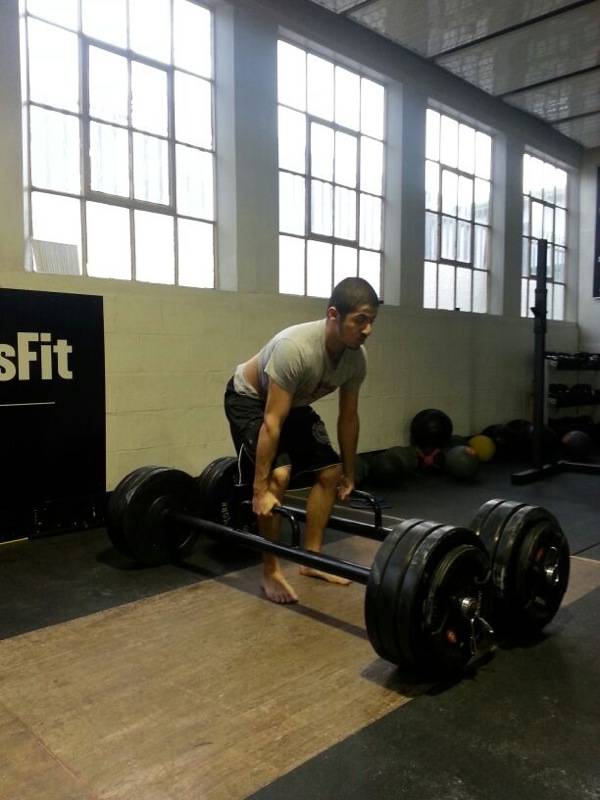
2. Farmer’s Walk:
The farmer’s walk is the classic carry, with an equally weighted object by your side in each hand. In strongman competitions this is done with specifically made farmer’s walk handles. However, it can also be done with kettlebells, dumbbells, or even weight plates.
Variation: Try carrying uneven weights in each hand.
![]()
 3. Suitcase Carry:
3. Suitcase Carry:
A suitcase carry is simply a farmer’s walk with the weight in one hand only. Whereas the farmer’s walk builds superior total body strength, the suitcase carry is perhaps more applicable to real world situations. This is most often performed with kettlebells or dumbbells. For a real challenge, try it will a barbell. Remember to switch hands periodically to even things out.
Variation: Pinch grip a weight plate and perform a suitcase carry for a very tough test of grip.
![]()
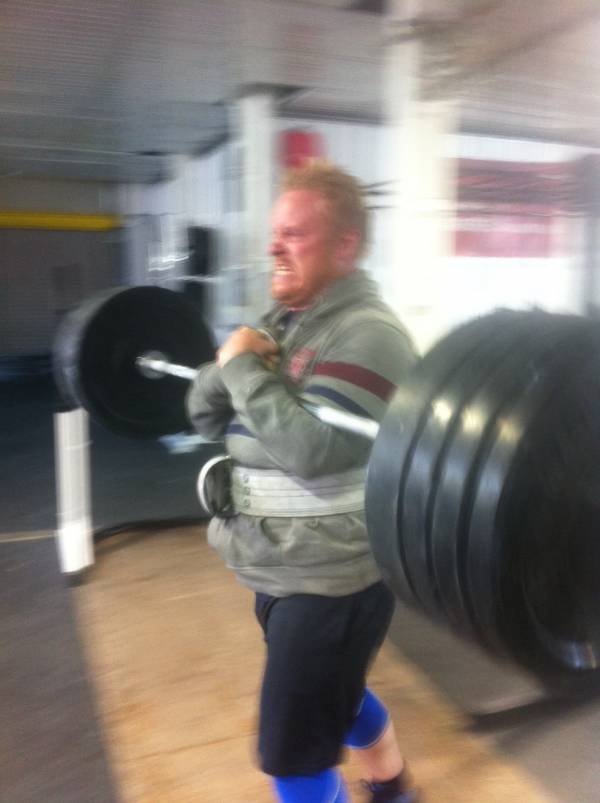 4. Barbell Zercher Carry:
4. Barbell Zercher Carry:
The Zercher carry involves carrying the weight in the crook of your elbow. It is similar to the Conan’s Wheel event in a strongman competition, where a weighted arm is held in the same place whilst the strongman walks in a large circle with it.
Variation: This is a perfect carry to perform with a sandbag. Try it with a lowered yoke too.
![]()
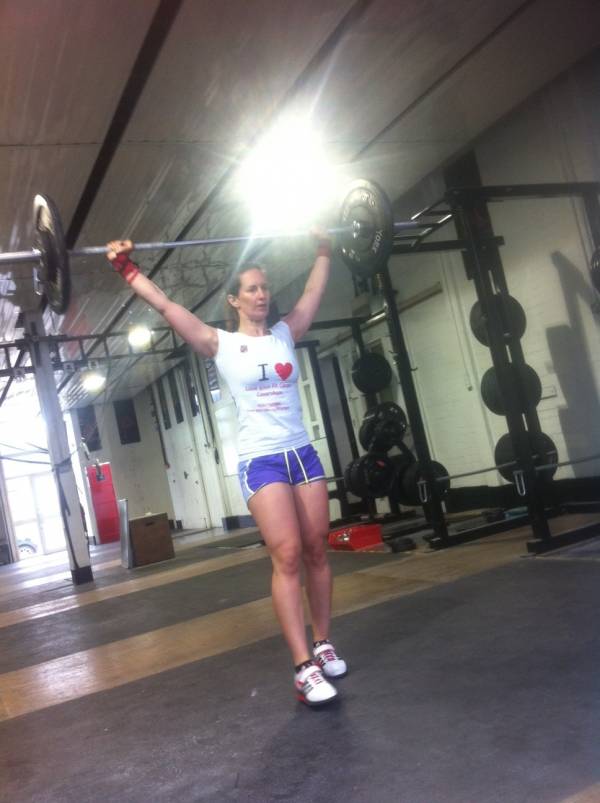 5. Barbell Overhead Carry:
5. Barbell Overhead Carry:
This has great transfer into the rest of your lifting. Clean and jerk the bar into position and recover your feet. Stabilize the weight overhead and then walk with the bar locked out in that position. This is brilliant for building confidence overhead, the stability to maintain the weight overhead while walking, and the strength to keep it there.
Variation: Try this with a snatch grip for even more of a challenge.
![]()
6. Barbell Rack Carry:
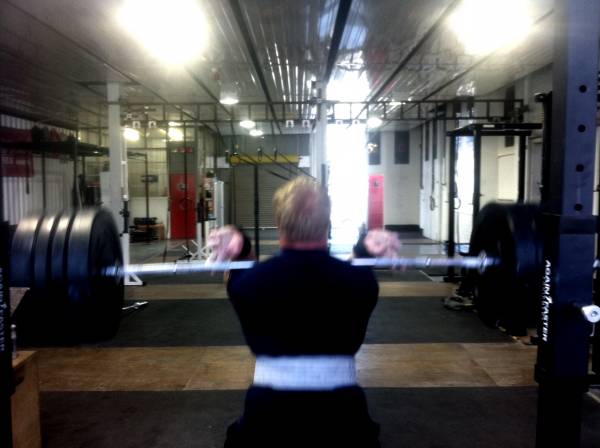 The rack carry is often underestimated. It consists of placing your object of choice in the front rack position. Those of you familiar with this position will know that breathing and mobility play crucial roles in maintaining a strong rack position. A carry in this position extenuates these demands.
The rack carry is often underestimated. It consists of placing your object of choice in the front rack position. Those of you familiar with this position will know that breathing and mobility play crucial roles in maintaining a strong rack position. A carry in this position extenuates these demands.
Variation: Try this with two kettlebells or two dumbbells instead. This may help those who struggle with mobility for the barbell front rack position.
![]()
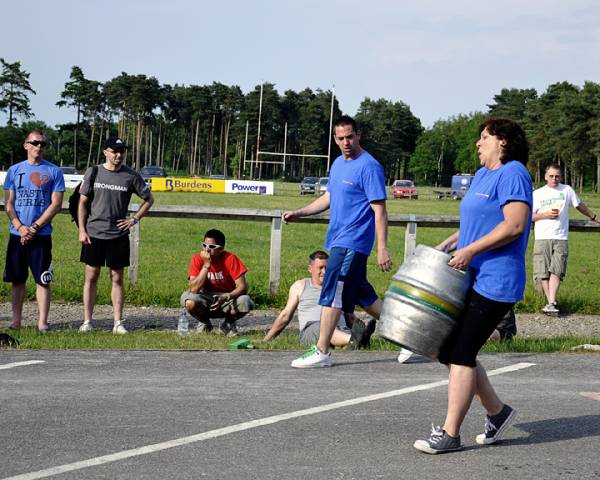 7. Duck Walk:
7. Duck Walk:
The appropriately named duck walk involves holding an object between your legs and walking with it. You could use a kettlebell or a dumbbell for this. If you still can’t figure out where the duck walk got its name from, just give it a go.
Variation: Use a bigger, more awkward object – for example, a keg.
![]()
 8. Bear Hug:
8. Bear Hug:
Not as pleasant as it sounds. This involves wrapping your arms around the object (which, for example, could be a keg, bumper plate, sandbag, or tree) and lifting it to around chest height, holding it securely against your chest. Make sure your fingers are not clasped at the front. The position of the object you are carrying against your chest makes breathing a challenge, which adds to the difficulty of the exercise as a whole.
Variation: Atlas stones. They are commonly used for loading events in strongman competitions, but have you ever considered carrying them?
![]()
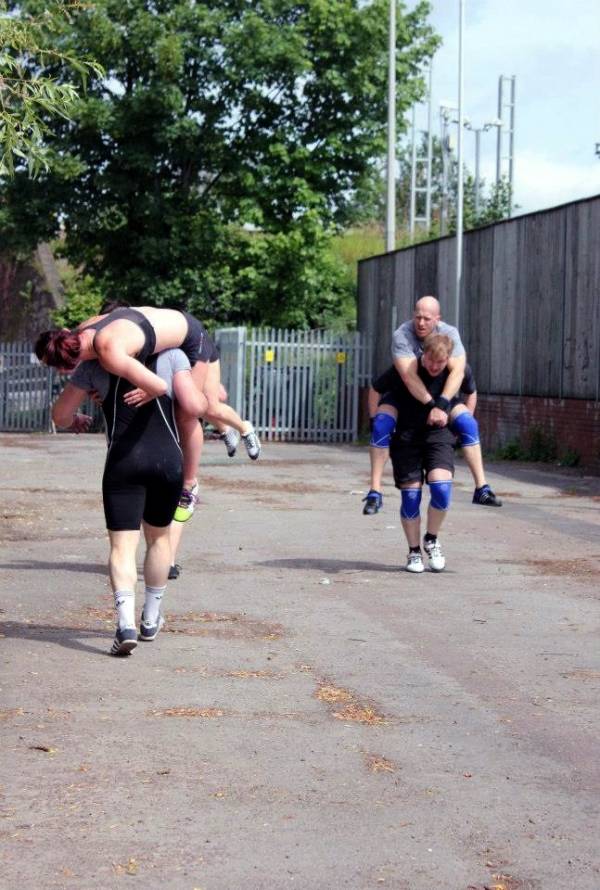 9. Fireman’s Carry:
9. Fireman’s Carry:
Perhaps the ultimate functional carry for those who train for the unknown and unknowable. Knowing you have the strength and physical capabilities to carry someone out of danger is worth training for. Also, seeing as we’re talking about odd object training, the human body is probably the oddest shape of them all, with the added challenge that it moves. Plus, with each human you get constantly varied shapes and sizes, which makes for some very functional lifting.
Variation: Any other form of carrying another person – piggy backs are perfectly acceptable!
![]()
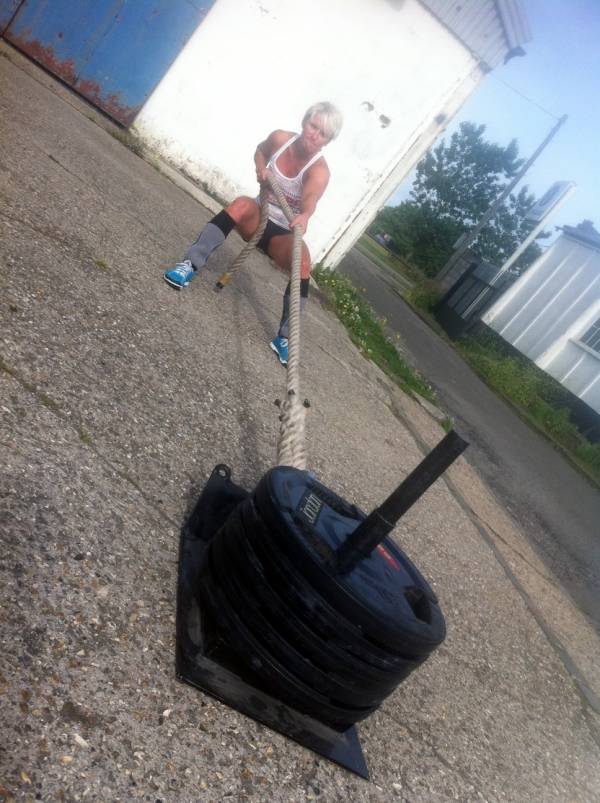 10. Sled Pulls:
10. Sled Pulls:
Not strictly loaded carries, but often grouped in with them due to with similar advantages and benefits. Put some weight on and pull. Then put some more weight on and pull some more. There are endless variations of sled pulls – let me know in the comments if you would like to see an article on these variations and how to perform them.
Variation: The prowler. A lethal bit of equipment, not to be underestimated. No need to get too technical on this either. Load up and push. Your body will tell you when you’ve had enough.
![]()
Incorporating Into Your Training
Some pretty cool options there, right? The question now becomes how to include them in your weekly schedule. While I’ve spent this whole article convincing you to carry stuff often and opening up the options for you to do so, I’m now going to give you what may seem like contradictory advice – don’t get carried away with carries. They are so effective that too much volume at heavy weights may feel like a good idea at the time, but can leave your body feeling used and abused. Make sure the juice is worth the squeeze.
Here are some ways to include loaded carries in your training (or your client’s training):
- Aim to complete a fixed distance, or go for a certain amount of time. Personally I prefer distance, and this is what you would do in a strongman competition the majority of the time.
- Alternate between heavy, medium, and light days. On the heavy days shorten the distance to improve strength, on the lighter days go longer to improve your endurance. My new strongman workouts use exactly this principle for both yoke carries and farmers walks.
- Include them after some squats, e.g. front squat into rack carry, Zercher squats into Zercher carry, or snatch into overhead carry. Then rest and repeat.
- If you are not training for a strongman competition, consider including carries as a short finisher to your workout.
- Combine carries for a potent workout. For example a racked walk in one arm and a suitcase walk in the other. A sled pull whilst doing farmer’s walks. A sled pull whilst bear hugging a keg. Get creative.
Creativity is the key to including loaded carries in your training. Treat them like any other variable in your training. If your training is based on endurance, use lighter loads and longer carries. If you are going through a phase of working core stability, use some of the harder variations. If it is constantly varied, mix up these carries and ideas as much as possible. I look forward to seeing you get stronger.






